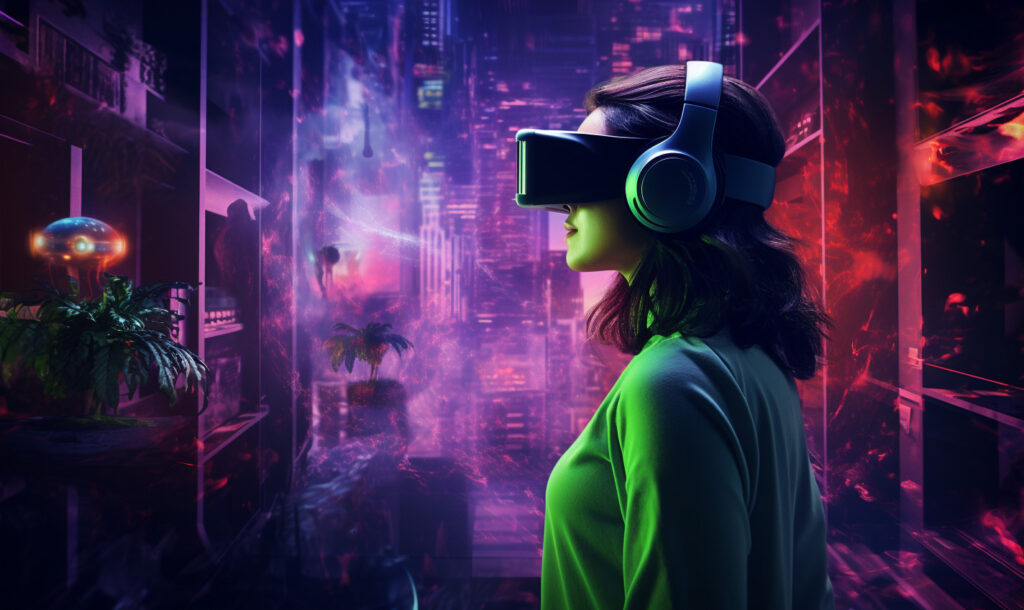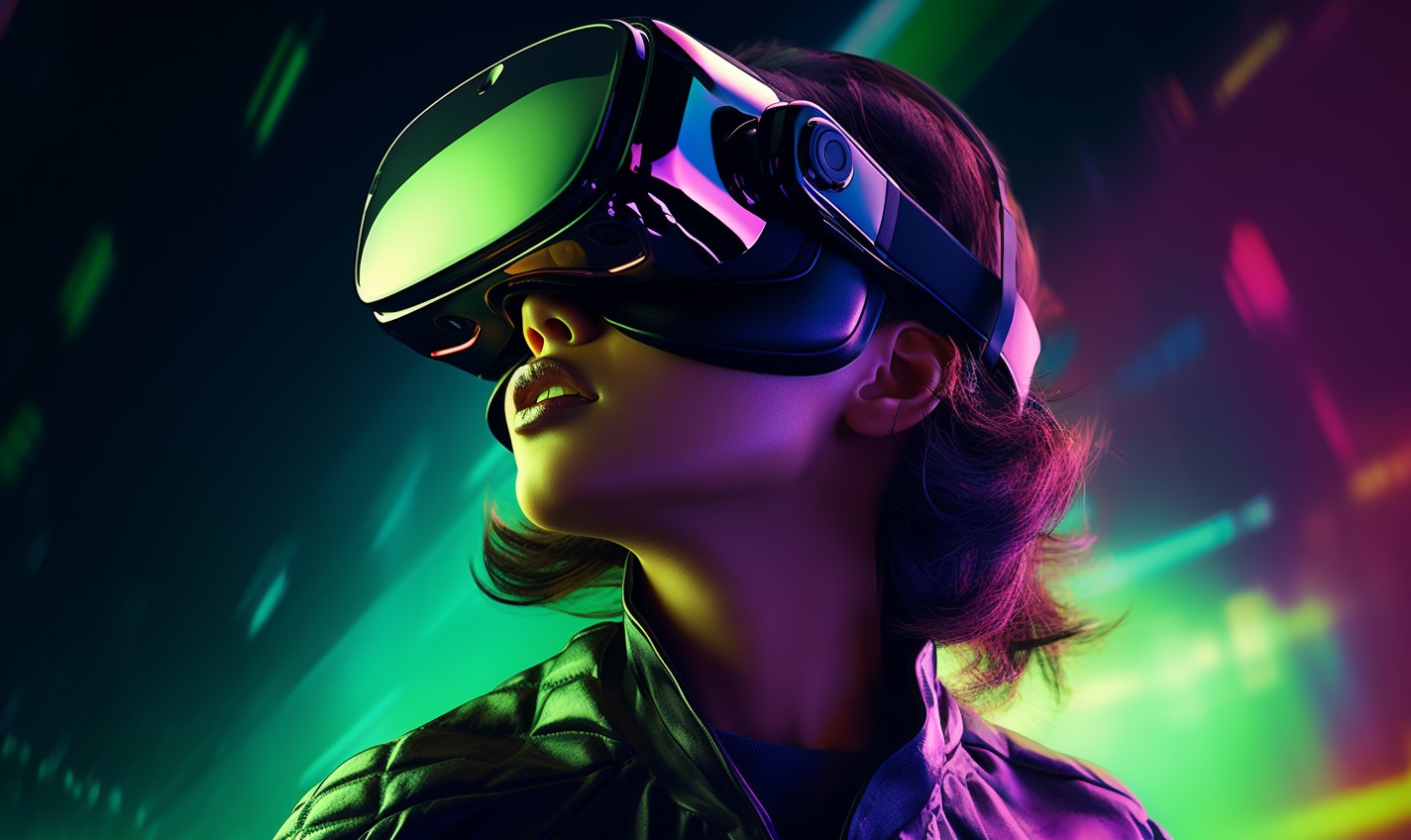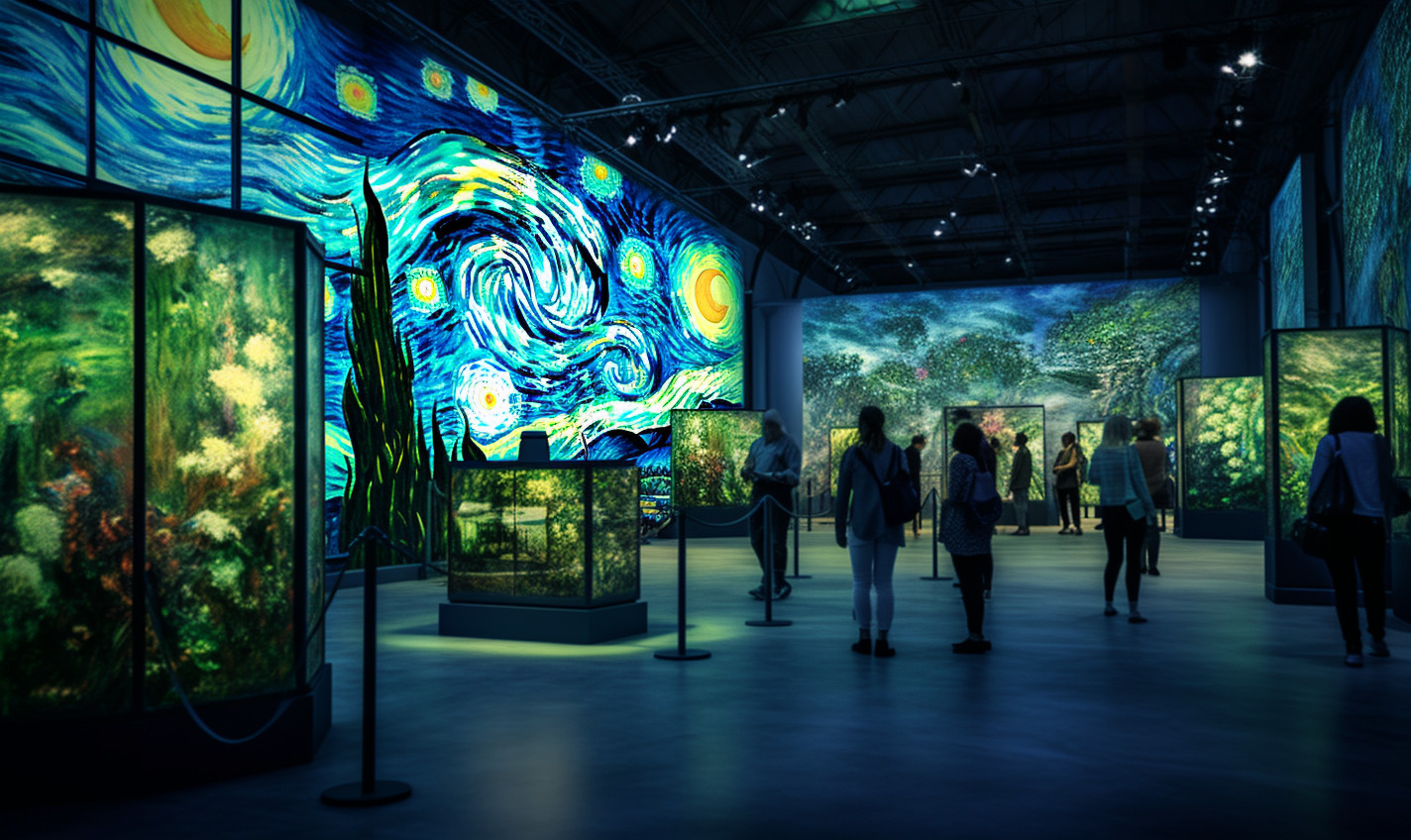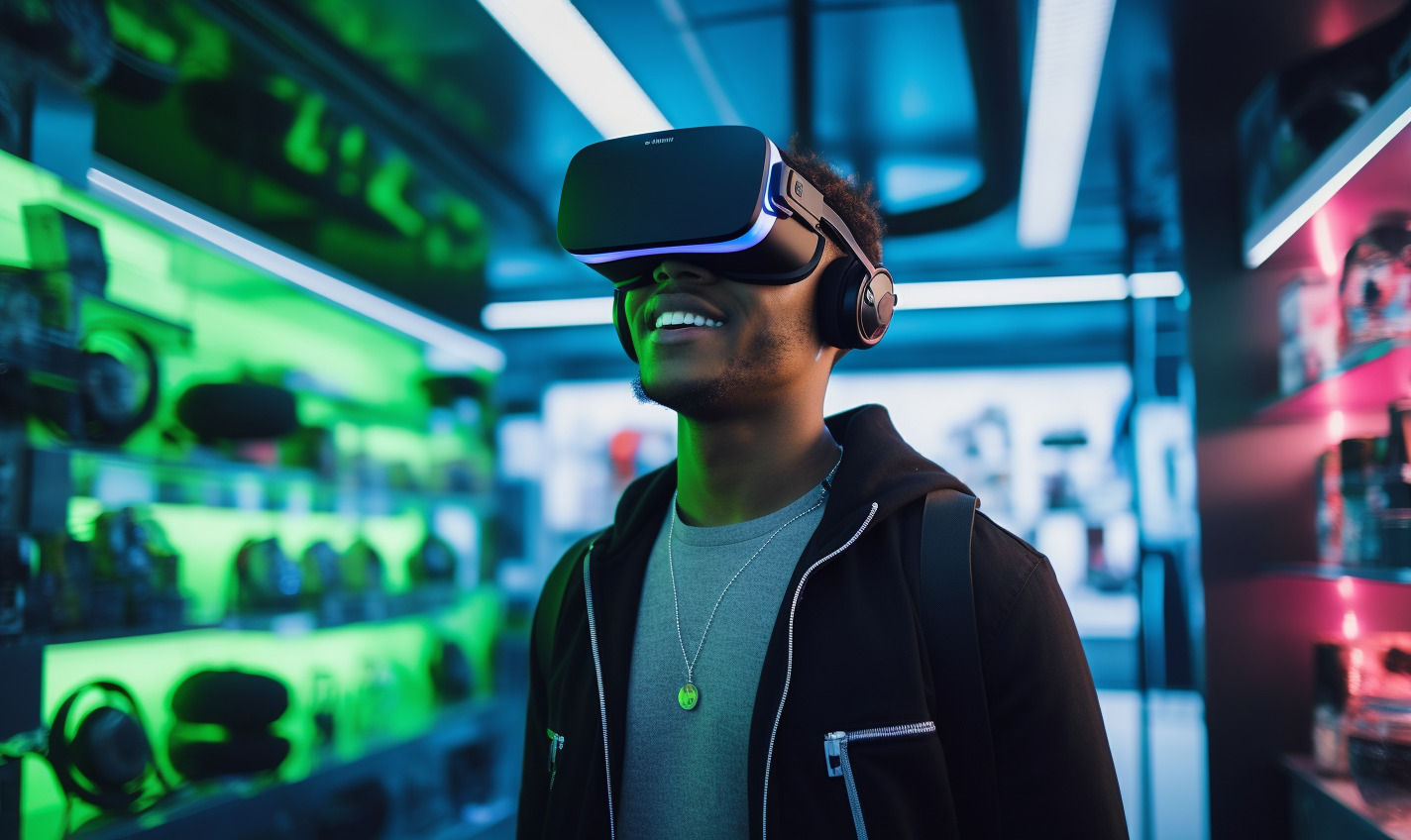Virtual reality (VR) has finally made it into the mainstream. Now, instead of being something people only think about on a theoretical basis, they can explore and even buy those technologies to try at home. Here are seven of the best VR technologies coming to the forefront in 2019.
1. Standard VR Headsets With Notable Improvements
The Oculus Rift is one of the most well-known VR headsets, in part because it’s easy to set up and enjoy. However, there are others on the market to appeal to consumers, as well. The HP Reverb is getting positive reviews for its high resolution and lightweight build. Also, HTC unveiled the Vive Focus Plus, which stands out because it doesn’t have external trackers.
These are just a few of the many examples that emphasize how you have several options for investing in a standard VR headset.
2. Virtual Reality Technologies That Work With Your Phone
The headsets mentioned above are standalone models that function in a self-contained way. But, there are also VR headsets you use with your phone. Companies offer an assortment of mobile VR headsets to consider. And, you don’t have to spend a lot to experience VR through a smartphone. For example, the VeeR VR Google Cardboard only costs $8.99.
You can think about buying a VR headset for your phone before making the leap over to a more substantial and technologically advanced gadget.
3. VR Experiences in Cinemas
Several years ago, Samsung announced plans to open a VR film studio. Perhaps that’s because the brand suspected — correctly — that people would soon be open to the idea of VR in movie theaters.
Cinemark partnered with a company that brings VR into those venues. One of the recent options involved a VR game for multiple players that tied in with the “Terminator Salvation” movie. It came out in 2009 but has updated value as a VR experience.
The companies eyeing the option of VR in cinemas have explored it through a slow rollout process. But, people should expect more experiences to pop up throughout this year and likely beyond. The key is discovering how to do it in a cost-effective way that movie fans love.
4. VR Apps That Help People
It’s all well and good to use VR as a source of pure entertainment, but there’s a push toward using VR to help people, too. Some of the options are meditation apps that boost productivity by altering brain wave frequencies.
Apps also exist that aid people in overcoming their fears, whether it’s spiders or heights that make them anxious. Most of them focus on exposure therapy, allowing people to interact with the things that scare them in a safe environment. Beyond that, VR tech could open up new options for people with disabilities, whether related to learning or engaging in new experiences.
5. A VR Headset That Connects to Computers
As mentioned earlier, most virtual reality technologies work with dedicated headsets or via smartphones. However, Qualcomm is working on a headset that connects to computers — scheduled for release later this year. It functions as a standalone gadget but, when near a computer, it recognizes it and gives users the options of playing wireless games on the PC.
It’s too early to say whether this achievement will spur other brands to follow suit with similar options. But, the fact that Qualcomm is moving in this direction offers hints about the headset functionality of the future.
6. Facebook’s Ultra-Lifelike VR Avatars
Most people can relate to the problem of losing connections with friends and loved ones when they move away. Facebook is hard at work trying to resolve that problem with its Codec Avatars project. The associated technology is still in the preliminary stages, but the people working on the project envision a time when extremely realistic avatars help people have more realistic interactions with the people who matter to them.
The VR avatars depend on facial-tracking tech that captures the minute changes in a person’s expression, such as when they furrow their brows in confusion. You won’t see these avatars ready for the public this year, but keeping tabs on this project could help you understand how communications could change and lead to more memorable interactions sooner than you think.
7. VR to Prepare Military Forces
It’s difficult to simulate many of the things that members of the military may encounter on battlefields. But, some experts think VR could help. The U.S. Army is making a virtual training environment that lets troops practice combat techniques hundreds of times in VR scenarios before they may need to do them in real life.
Military personnel in Sri Lanka are also using VR to get ready for battles. Those simulations help them make crucial decisions and provide instant feedback on the choices made. We’ll likely see more countries doing the same to prepare their military forces.
Exciting Possibilities in Store
These seven virtual reality technologies reveal immense potential. As companies continue to experiment, more groundbreaking ways to use the tech will become apparent.
Recent Stories
Follow Us On
Get the latest tech stories and news in seconds!
Sign up for our newsletter below to receive updates about technology trends














